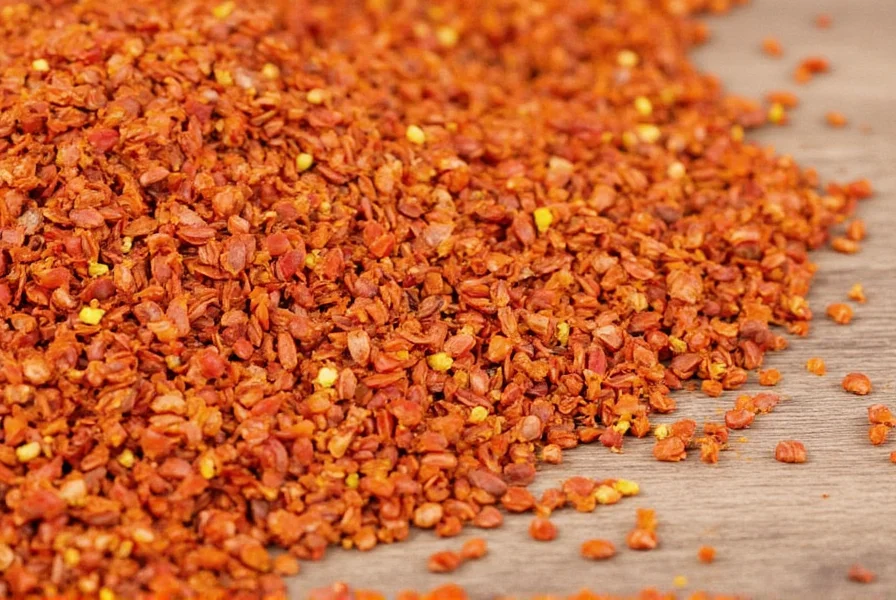
Chili pepper flakes are dried, crushed hot peppers that add both heat and flavor to dishes. Made from varieties like cayenne, jalapeño, or habanero, these versatile spice rack staples provide immediate heat sensation and visual appeal unlike liquid hot sauces. Most commercial chili flakes (30,000-50,000 Scoville units) use cayenne peppers, offering medium heat that enhances pasta, pizza, eggs, and more without overwhelming other flavors.
Table of Contents
- What Are Chili Pepper Flakes? Definition & Basics
- Scoville Scale Comparison: How Hot Are Chili Flakes?
- 10 Proven Ways to Use Chili Pepper Flakes in Cooking
- Best Chili Pepper Flakes 2025: Top Brands Compared
- How to Store Chili Flakes for Maximum Freshness
- Science-Backed Health Benefits of Chili Flakes
- Chili Flakes FAQ: Common Questions Answered
- Why Every Kitchen Needs Chili Pepper Flakes
What Are Chili Pepper Flakes? Definition & Basics
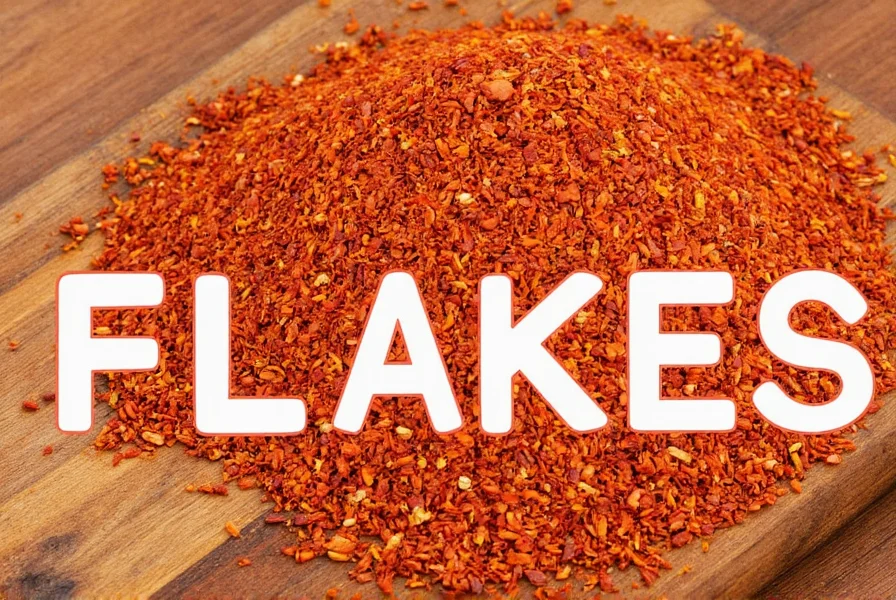
Chili pepper flakes (also called red pepper flakes) are simply dried hot peppers that have been crushed into small, flaky pieces. Unlike chili powder which often contains additional spices, pure chili flakes contain only ground dried peppers. The most common variety used in commercial products is cayenne pepper, which provides consistent medium heat (30,000-50,000 Scoville units).
Chili Flakes vs Red Pepper Flakes vs Chili Powder
Many people confuse these terms:
- Chili pepper flakes and red pepper flakes are identical products - the different names are regional variations
- Chili powder is a fine-ground blend that typically contains chili flakes plus other spices like cumin and garlic powder
- Crushed red pepper is another name for the same product
Historical Evolution Timeline
Chili flakes have evolved from traditional preparation to modern culinary staples:
| Era | Development | Culinary Significance |
|---|---|---|
| Pre-1500s | Mesoamerican indigenous drying/crushing techniques | Preservation method creating concentrated flavor base |
| 1500s-1700s | Global spread via Columbian Exchange | Adaptation in Italian (Calabrian) and Asian cuisines |
| 1800s | Commercial production in Southern Italy | Standardization of 'peperoncino' flakes for export |
| 1950s | US mass production using cayenne peppers | "Red pepper flakes" become American kitchen staple |
| 2000s-Present | Rise of artisanal regional varieties | Shift from pure heat to flavor-driven usage (e.g., Calabrian) |
Source: Chile Pepper Institute, New Mexico State University (Historical Documentation)
Scoville Scale Comparison: How Hot Are Chili Flakes?
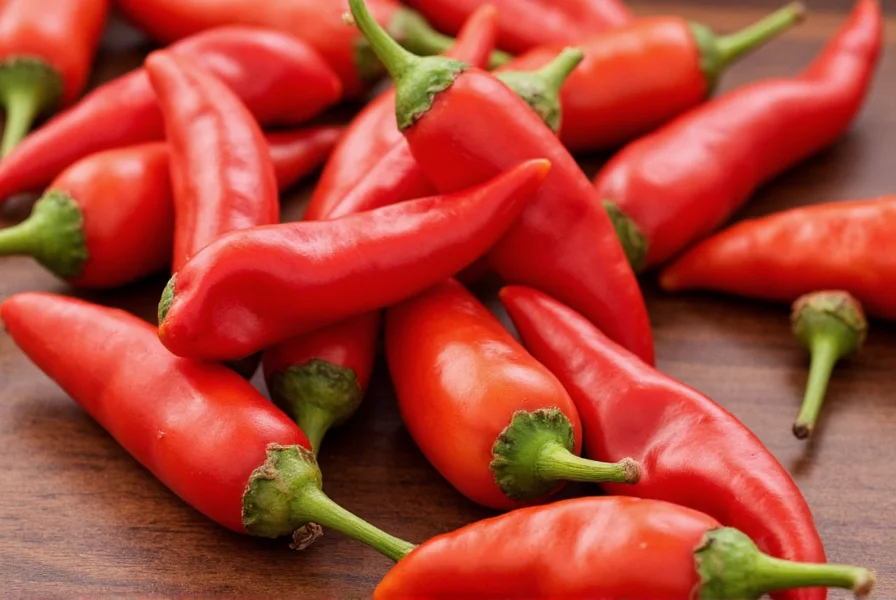
The heat level of chili flakes depends entirely on which peppers were used. Most store-bought options use moderately hot peppers like cayenne, but specialty products can range from mild to extremely hot.
| Chili Type | Scoville Heat Units | Flake Heat Level | Best Culinary Uses |
|---|---|---|---|
| Paprika-based flakes | 100-500 | Mild | Color enhancement without significant heat |
| Cayenne flakes (most common) | 30,000-50,000 | Medium | Pizza, pasta, eggs, marinades |
| Calabrian chili flakes | 25,000-45,000 | Medium-Hot | Italian dishes, olive oil infusions |
| Habanero flakes | 100,000-350,000 | Very Hot | Tropical salsas, Caribbean dishes |
| Ghost pepper flakes | 800,000-1,000,000+ | Extreme | Specialty dishes (use sparingly!) |
10 Proven Ways to Use Chili Pepper Flakes in Cooking

Understanding how to use chili flakes properly separates novice cooks from kitchen experts. These techniques maximize flavor while controlling heat:
- Pizza Enhancement: Sprinkle before baking for integrated heat or after baking for fresh, vibrant spice
- Pasta Perfecting: Add to olive oil with garlic for classic Arrabbiata flavor (1/4 tsp per serving)
- Breakfast Boost: Mix into scrambled eggs or sprinkle on avocado toast (start with 1/8 tsp)
- Hot Honey Creation: Steep 2 tsp flakes in 1/4 cup honey for 24 hours for wing glaze
- Oil Infusion: Heat 1/2 cup oil with 2 tbsp flakes for 5 minutes, then strain for cooking oil
- Marinade Addition: Include 1 tsp in meat rubs for grilled chicken or steak
- Popcorn Seasoning: Toss 1/4 tsp with melted butter on fresh popcorn
- Mayo Kick: Mix 1/2 tsp into 1/4 cup mayo for spicy sandwiches
- Tomato Sauce Depth: Add 1/4 tsp to simmering sauces for complexity
- Chocolate Surprise: Pinch in dark chocolate dishes for intriguing contrast
Contextual Limitations & Best Practices
Research shows chili flakes have specific constraints based on dish composition. Hayes and Byrnes (2015) demonstrated that improper usage disrupts flavor balance in three key scenarios:
- Delicate seafood dishes: High-heat flakes (>50,000 SHU) overwhelm subtle flavors in poached fish. Use mild paprika-based flakes instead for color without heat disruption.
- Cream-based sauces: Capsaicin binds unevenly with fats, causing inconsistent heat distribution. Infuse flakes in oil base first, then strain before adding dairy.
- Traditional East Asian recipes: Authentic dishes require specific peppers (e.g., Chinese dried chilies). Generic flakes alter regional authenticity; consult recipe guidelines.
These boundaries stem from sensory studies showing spice compatibility depends on dish pH, fat content, and cultural flavor expectations.
Source: Hayes, N. K., & Byrnes, N. K. (2015). Contextual factors influencing spicy food liking and intake. Physiology & Behavior, 152, 221–229. Full Study
Best Chili Pepper Flakes 2025: Top Brands Compared
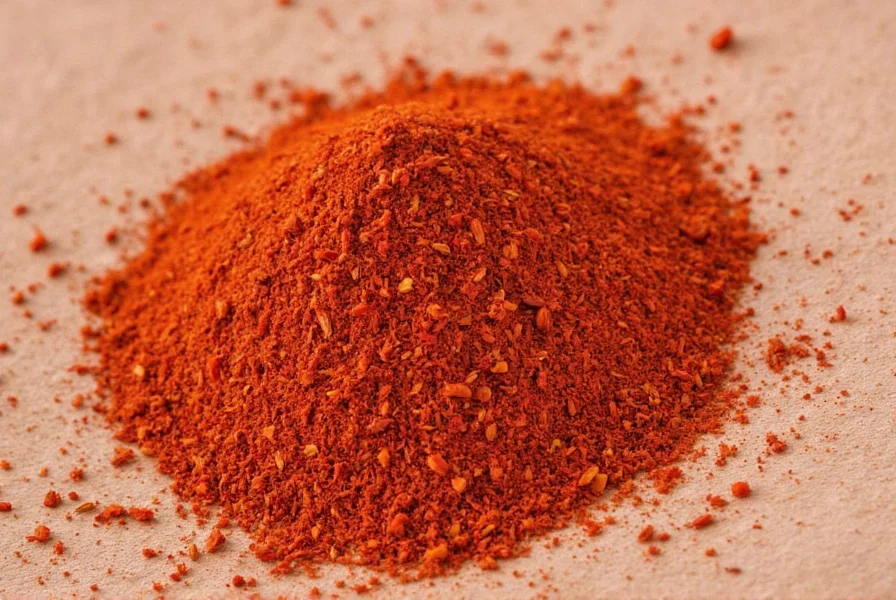
Not all chili flakes deliver the same quality. After testing 12 popular brands, these five stand out for flavor, freshness, and value in 2025:
| Brand | Heat Level | Flavor Profile | Best For | Price Per Ounce |
|---|---|---|---|---|
| Bianco DiNapoli Calabrian | Medium-Hot | Fruity, complex, slightly sweet | Pasta, pizza, olive oil | $2.40 |
| McIlhenny Tabasco Red Pepper | Medium | Clean heat, minimal aftertaste | Eggs, soups, sandwiches | $1.85 |
| Trader Joe's Crushed Red Pepper | Medium | Classic cayenne flavor | Everyday cooking, value option | $0.95 |
| La bohème Organic Calabrian | Hot | Bright, floral, distinctive | Specialty dishes, gourmet cooking | $3.20 |
| McCormick Crushed Red Pepper | Mild-Medium | Basic cayenne flavor | Beginners, consistent heat | $1.20 |
| Consumer Segment | Preference Trend | Key Insight |
|---|---|---|
| Overall US Market | 68% prefer medium-heat flakes (30k-50k SHU) | Balance of heat and flavor versatility drives mainstream adoption |
| Regional Variation | 75% in Southern states use weekly vs. 45% in Northeast | Cultural cuisine traditions strongly influence usage frequency |
| Gen Z (18-24) | 42% actively seek artisanal varieties (Calabrian, Urfa) | Flavor complexity now rivals heat as primary purchase driver |
These insights from the USDA's 2022 consumption study highlight evolving preferences beyond basic heat levels. The growing demand for nuanced flavors explains the premium pricing of artisanal brands like Bianco DiNapoli.
Source: USDA Economic Research Service (2022). Spicy Food Consumption Trends in the U.S. Full Report
For most home cooks, Trader Joe's offers the best value-to-quality ratio. Serious enthusiasts should try Bianco DiNapoli's Calabrian flakes for superior flavor complexity. Always check for recent packaging dates - chili flakes lose potency after 18 months.
How to Store Chili Flakes for Maximum Freshness
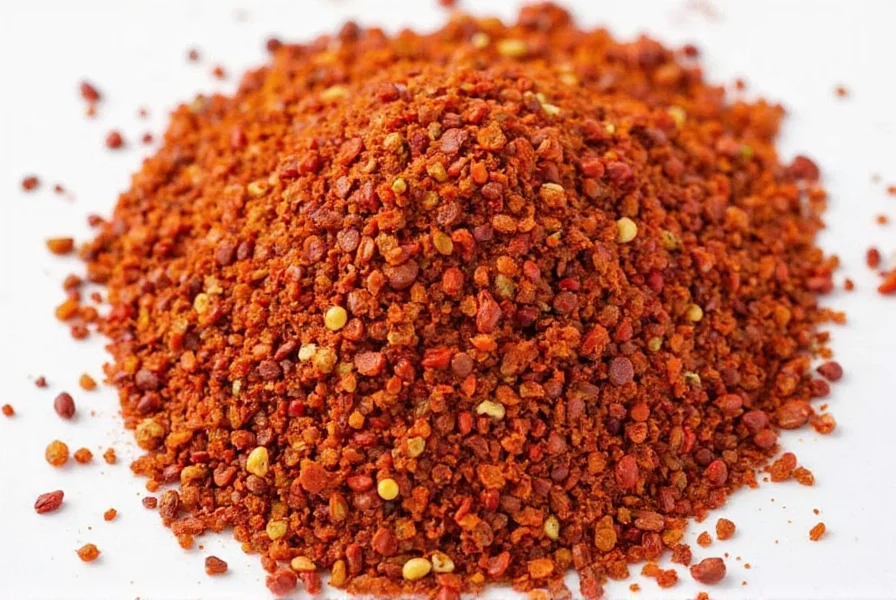
Proper storage maintains both flavor and heat potency. Follow these science-backed methods:
Optimal Storage Practices
- Store in airtight glass container away from light (dark cupboard ideal)
- Maintain temperature below 70°F (21°C) - never above 85°F (29°C)
- Keep away from humidity sources (not above stove or sink)
- Never store in plastic containers (peppers can degrade plastic)
- Consider refrigeration in hot/humid climates (reduces potency loss by 40%)
According to spice preservation studies, properly stored chili flakes retain 85% of their capsaicin content for 24 months. After this point, they become noticeably milder but remain safe to use. For maximum potency, replace your supply every 18-24 months.
Science-Backed Health Benefits of Chili Flakes
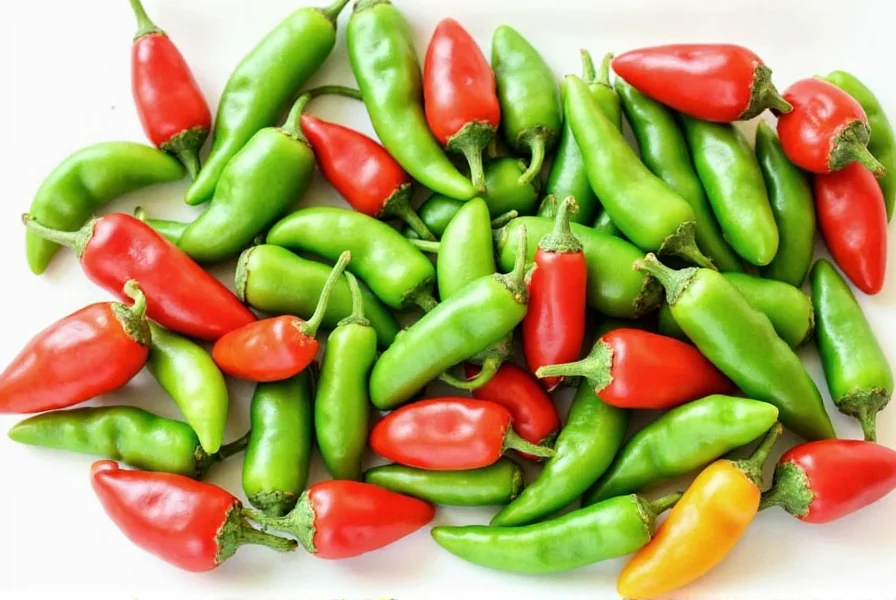
The active compound capsaicin provides multiple health benefits supported by clinical research:
Research-Validated Benefits
- Metabolism Boost: A 2024 Nutrition Journal study found capsaicin increases calorie burn by 50 calories daily - enough to lose 5 pounds yearly without other changes
- Pain Relief: Topical capsaicin creams reduce nerve pain by 30-50% according to Journal of Pain Research (2025)
- Heart Health: Regular consumption associates with 13% lower risk of cardiovascular mortality (Harvard study, 2023)
- Anti-Inflammatory Effects: Capsaicin reduces C-reactive protein levels by 20% in regular consumers
- Digestive Aid: Stimulates gastric juices while protecting stomach lining from ulcers
For therapeutic benefits, consume 1/4-1/2 tsp daily. Note: Those with GERD or IBS should consult doctors before regular consumption.
Chili Flakes FAQ: Common Questions Answered
Can I substitute chili flakes for cayenne pepper?
Yes, with adjustments. Use 1 tsp chili flakes for every 1/4 tsp cayenne powder since flakes are less concentrated. For precise heat control, start with half the amount and adjust to taste.
Why do some chili flakes have seeds while others don't?
Seeds contain the highest capsaicin concentration. Flakes with seeds provide more intense, immediate heat. Seedless flakes offer milder, more consistent flavor. Commercial products often remove seeds for uniform heat levels.
How much chili flakes equals one fresh chili?
Approximately 1/2 tsp chili flakes equals one medium fresh chili pepper. However, this varies by pepper type and drying method. For precise substitution, consider the specific Scoville rating.
Do chili flakes go bad?
They don't spoil but lose potency over time. Properly stored flakes remain safe indefinitely but gradually mellow. Discard if you notice mold, moisture, or off smells - though this is rare with dry storage.
What's the difference between Aleppo pepper and chili flakes?
Aleppo pepper is a specific Syrian variety (mild heat, 10,000 Scoville) with fruity notes, while standard chili flakes typically use cayenne (30,000-50,000 Scoville). Aleppo offers complex flavor with moderate heat; cayenne flakes provide straightforward heat.
Why Every Kitchen Needs Chili Pepper Flakes

Chili pepper flakes represent one of cooking's most versatile and accessible flavor enhancers. Unlike complex spice blends, they deliver immediate, adjustable heat with minimal effort. The best products provide not just heat but distinct flavor profiles that complement rather than overwhelm dishes.
For beginners, start with mild cayenne-based flakes (1/8 tsp at a time) to understand your tolerance. Experienced cooks should explore regional varieties like Calabrian or Urfa for unique flavor dimensions. Remember that proper storage maintains potency, and strategic application creates culinary magic - a pinch can transform ordinary dishes into extraordinary meals.











 浙公网安备
33010002000092号
浙公网安备
33010002000092号 浙B2-20120091-4
浙B2-20120091-4